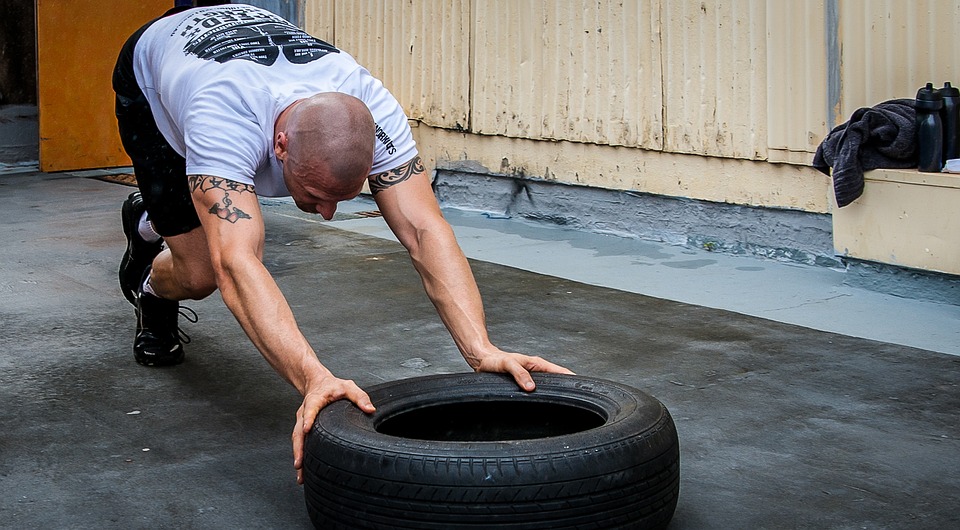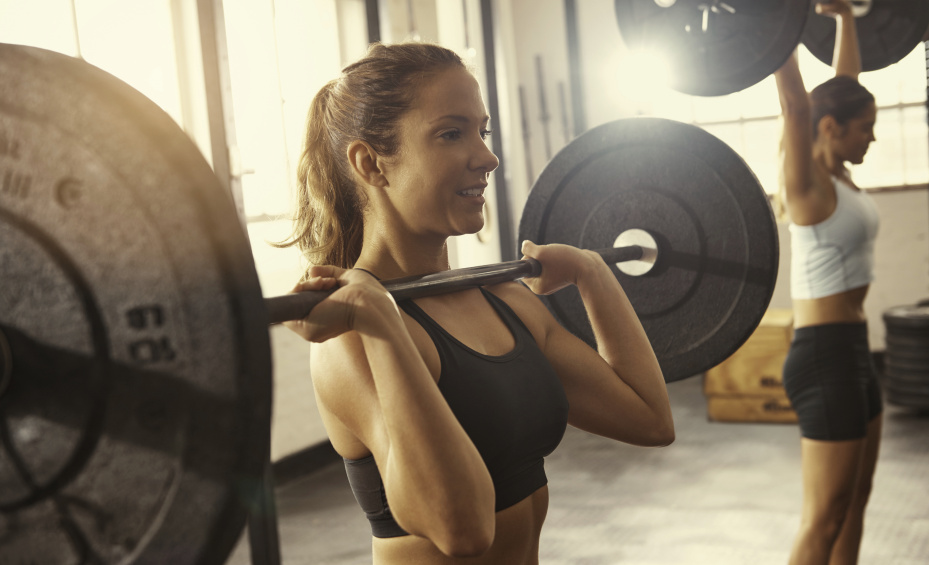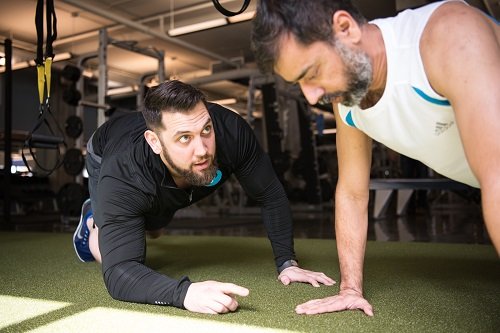Continuing with our nutrition discussion, it’s time to get into proteins. In November we discussed macronutrients in a broader sense, and explained how to maintain a healthy balance. Just last December we took the microscope to carbohydrates to explore their function in the body, and why they are so essential to your health.
Today, we’ll take an in depth look at protein, what it is, and why you need it.
As stated in the last article, save for a few medical conditions that create inconsistency in how nutrients are digested and absorbed, the body can be predicted. It is not a mysterious black box that operates at random, but a fine tuned machine that responds to change accordingly. Understanding how it responds to change is more formulaic than guesswork, and this is a powerful tool to use to achieve any health and/or fitness related goals.
Protein’s Role
Proteins are large, complex molecules that play many critical roles in the body.” Most of the work performed inside your cells is performed by proteins, and they are needed for the regulation, function, and structure of all of your body’s organs and tissues.
Each individual protein is composed of hundreds — or sometimes thousands — of much smaller units called amino acids which chain together. There are 20 types of amino acids. Eleven of those amino acids are produced in the body itself, and the remaining 9 are gained through our diet.
The 9 amino acids gained through our diet are called “essential amino acids”. Being able to recall this from memory is useful for nutritionists and top level athletes looking to micromanage their diet to get the best performance out of their body, but for anyone with athletic or health goals that aren’t quite at the professional level, there’s little need to memorize all of these.
The specific jobs that protein performs include:
- Providing nitrogen, which is essential for building and maintaining all body tissues, muscles, skin, blood, hair, nails, and internal organs such as the brain and heart
- Formation of hormones, including those essential for growth, metabolism, and sexual development
- Regulating the body’s water balance and acidic/alkaline balance
- Building enzymes responsible for basic life functions
- Building antibodies that fight diseases and other foreign bodies you are exposed to
How Much Protein Should You Eat?
1 gram of protein = 4 calories.
The American College of Sports Medicine states that an average diet should consist of 12% protein. There are a number of different ways to establish what a healthy range is, but one of the most simple is the RDA.
RDA = Recommended Daily Amount
The RDA states that .8 grams of protein should be consumed for every 2 lbs of body weight.
This number works for the majority of people, but must be taken with a grain of salt, because this number works for the “average” healthy individual. It has the same pitfall as a body mass index (BMI) measurement. It accounts just for weight that is higher than normal, but doesn’t leave room to account for someone having more muscle than the average person. So if someone is either overweight in terms of having excess body fat, or they have more muscle than the average person, the number given will be inaccurate and all calculations based off of that number will be incorrect.
There are a number of calculators out there that while they are not perfect, they give a much more educated guess than you would receive looking strictly at the RDA. Lucky for us, the formulas provided and used here provide citations to the case studies they are derived from. No room for pseudo-science here.



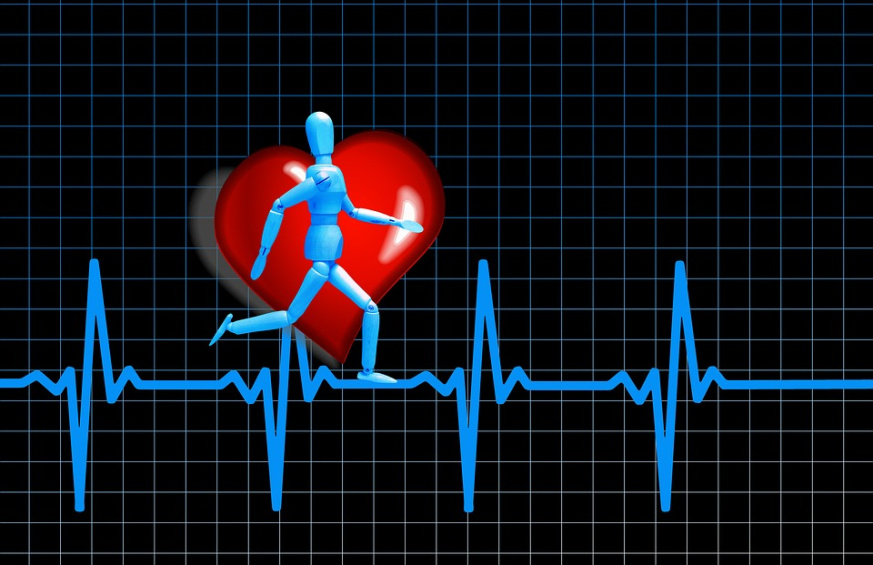
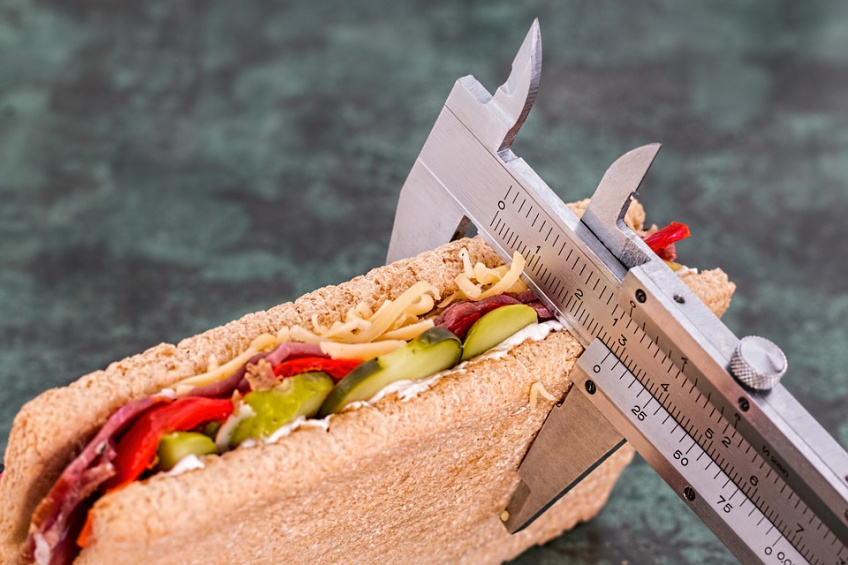


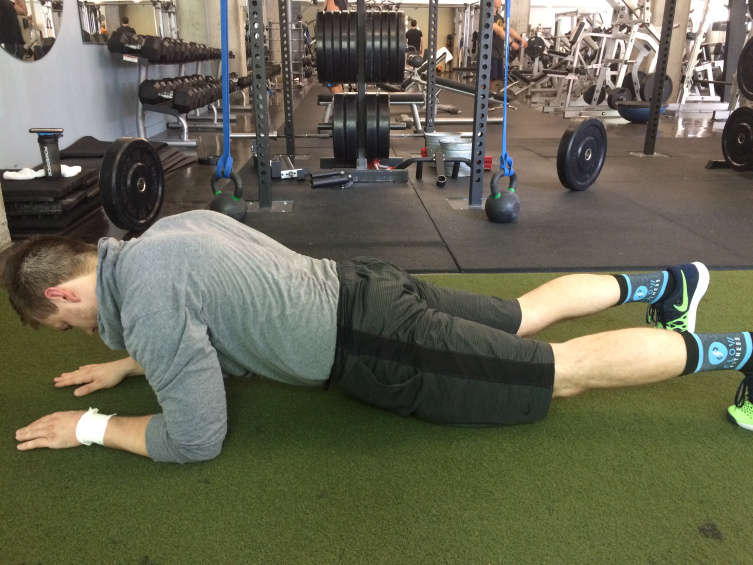
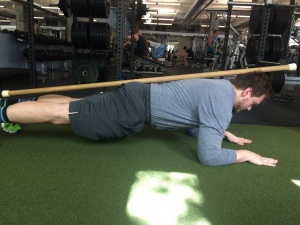 Luckily, there is a quick and easy way to prevent your body from creeping into these postural aliments and all you need is a stick.
Luckily, there is a quick and easy way to prevent your body from creeping into these postural aliments and all you need is a stick.